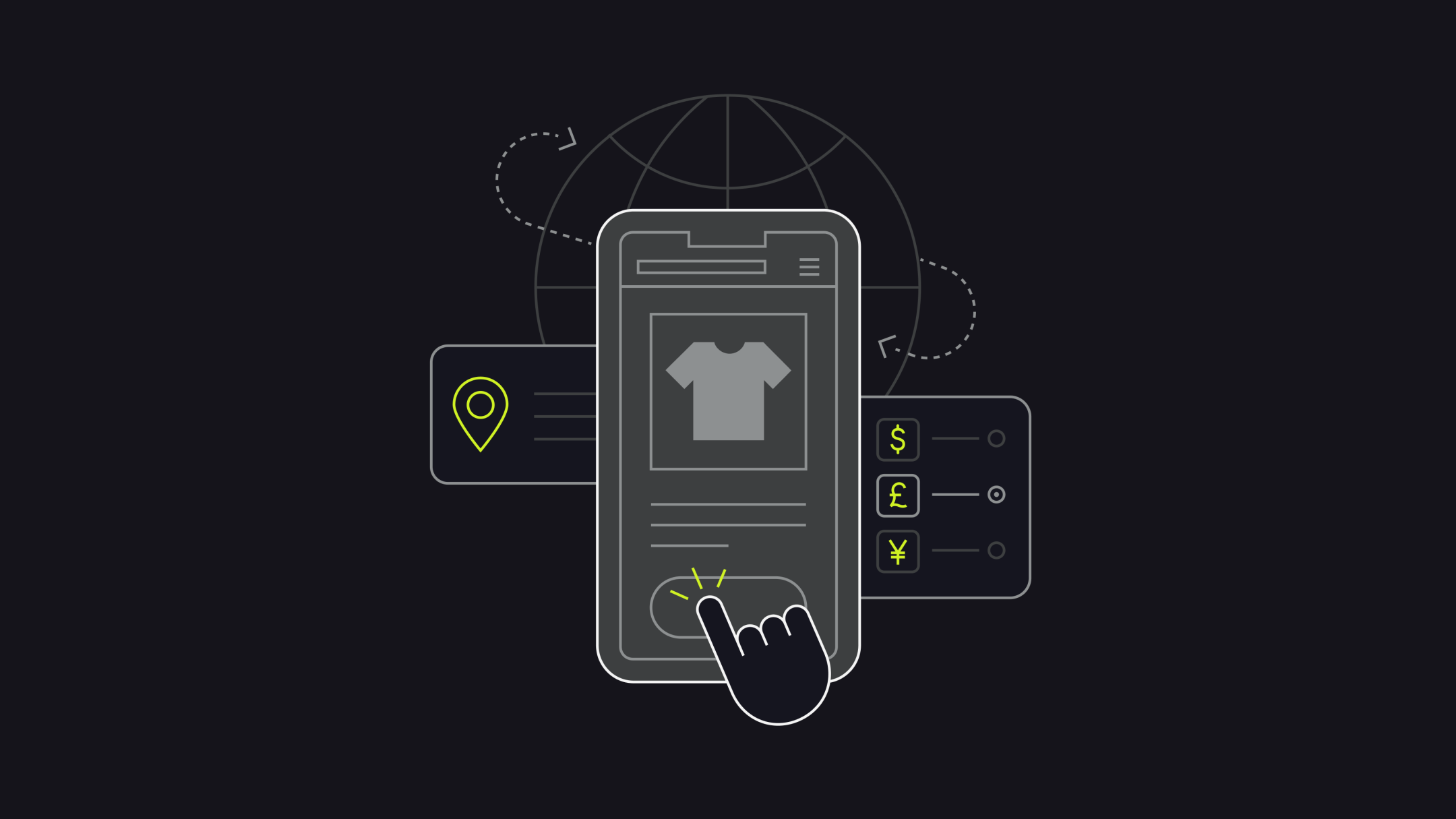In 2020, worldwide retail e-commerce sales totaled $4.28 trillion USD. By 2024, that number is expected to grow by 47%, to a staggering $6.3 trillion USD.
If those numbers are any indication, selling internationally is a massive opportunity for merchants around the globe.
Many facets of international selling—like currencies, languages, pricing,domain names, payment methods, duties, shipping, and compliance (to name a few)—make tapping into the opportunity ofglobal commercea challenge. These shouldn’t be barriers to high-growth brands wanting to expand into new markets and reach new customers.
We knew that today's cross-border experience needed an overhaul—selling internationally needed to be easier, better, more efficient—and just as simple as selling domestically.
That’s why we created Shopify Markets. Our new global commerce solution helps you easily sell to anyone on the internet from a single store—all inside the Shopify admin. While this was possible using Shopify before, we’ve made it easier to access everything you need in one central dashboard in the admin with better, more advanced features.
With Shopify Markets, merchants can access powerful features that allow them to do a few things, namely:
- The ability tolocalize buying experiencesfrom a single Shopify store
- Access to a centralized dashboard that allows them to manage their global strategy and operations right within the admin
- Use insights and smart settings to optimize operations
Here, we'll walk you through the Shopify Markets features that will make it easy for you to build your international growth strategy from a single shop—all without needing a dedicated team to manage global operations. Shopify Markets will be available in early access globally starting today, rolling out to all merchants in the coming months.
- Currencies
- Languages
- Domains and SEO
- Payment methods
- Duty and import taxes
- Configurable market areas
- International pricing controls
- Market-specific inventory and fulfillment controls
- Smart settings
1. Currencies
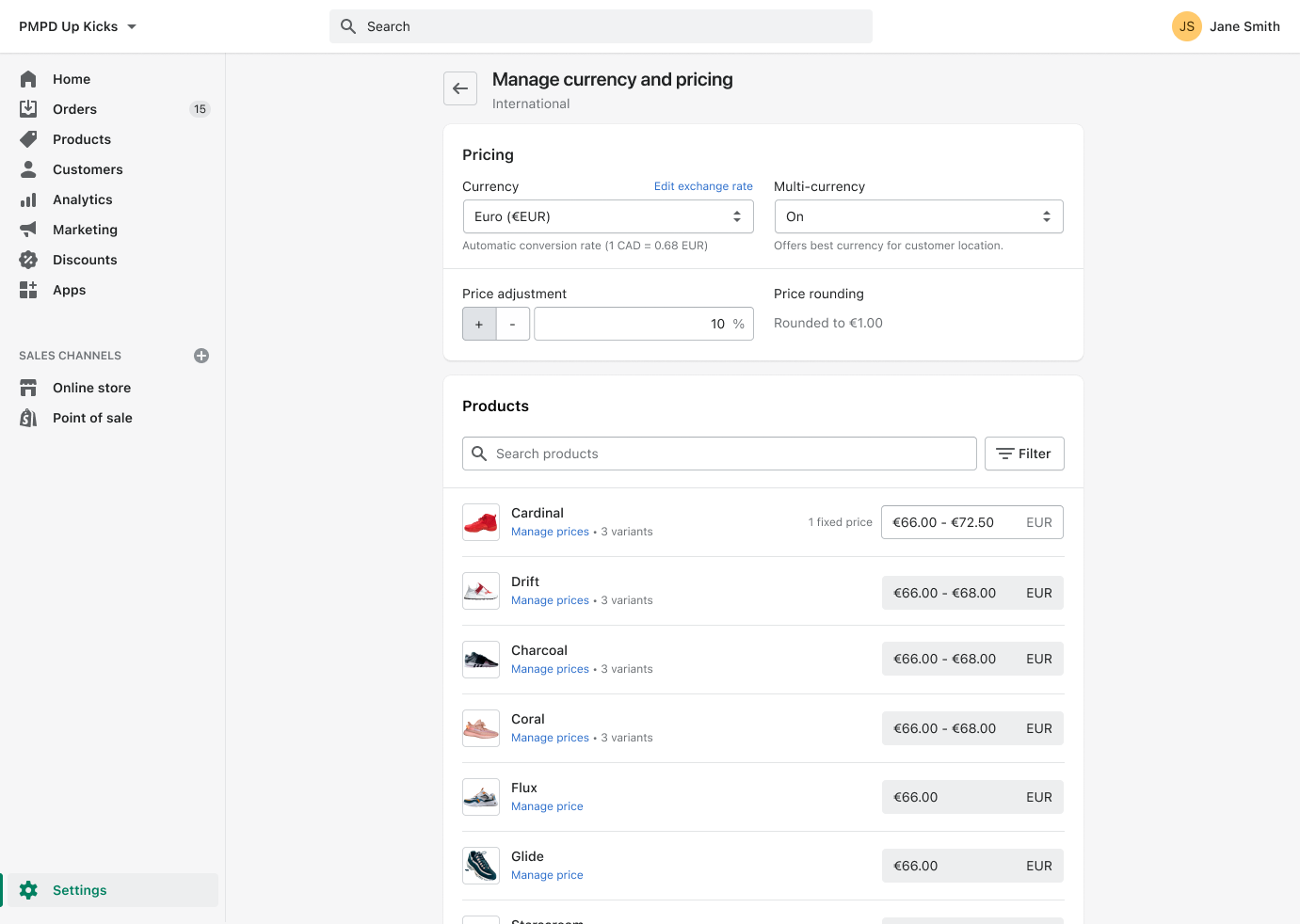
According to Shopify research, 92% of shoppers prefer to make purchases on sites that price in their local currency, while 33% of Shopify shoppers are likely to abandon a purchase if pricing is in US dollars only.
Your international customers expect to shop seamlesslyin their local currency. Our own data shows stores that price their products in a customer’s local currency increased their conversion rates by up to an impressive 40%.
Shopify Markets allows you to automatically convert your storefront prices to130+ international currencies and rounds the prices up based on the latest foreign exchange rates.This leads to an increased likelihood of international customers making a purchase. From online store to checkout to notifications and refunds, Shopify provides a consistent multi-currency experience to your international buyers so they can buy from your store with confidence.
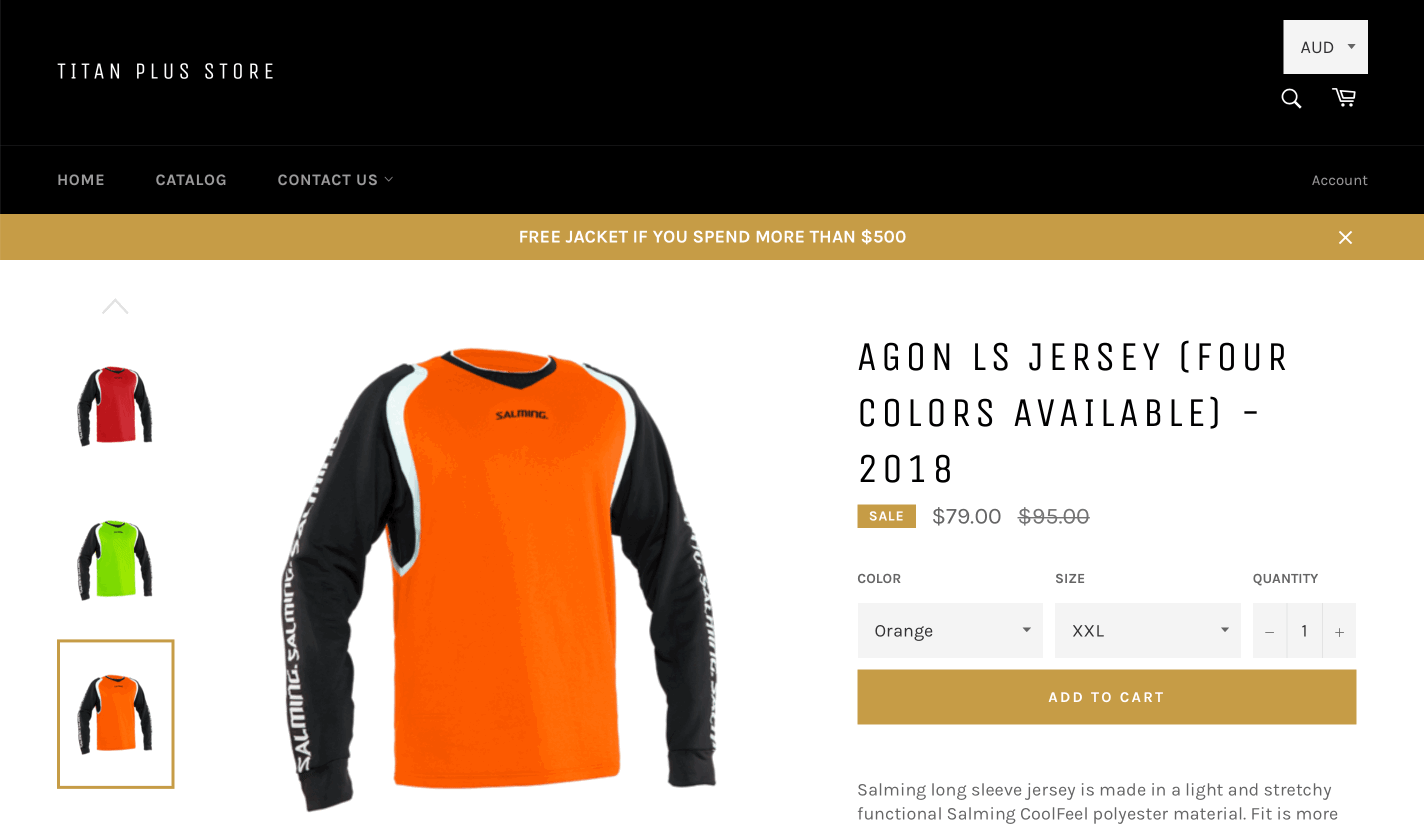
Note that the ability to sell in multiple currenciesrequires Shopify Payments.
2. Languages
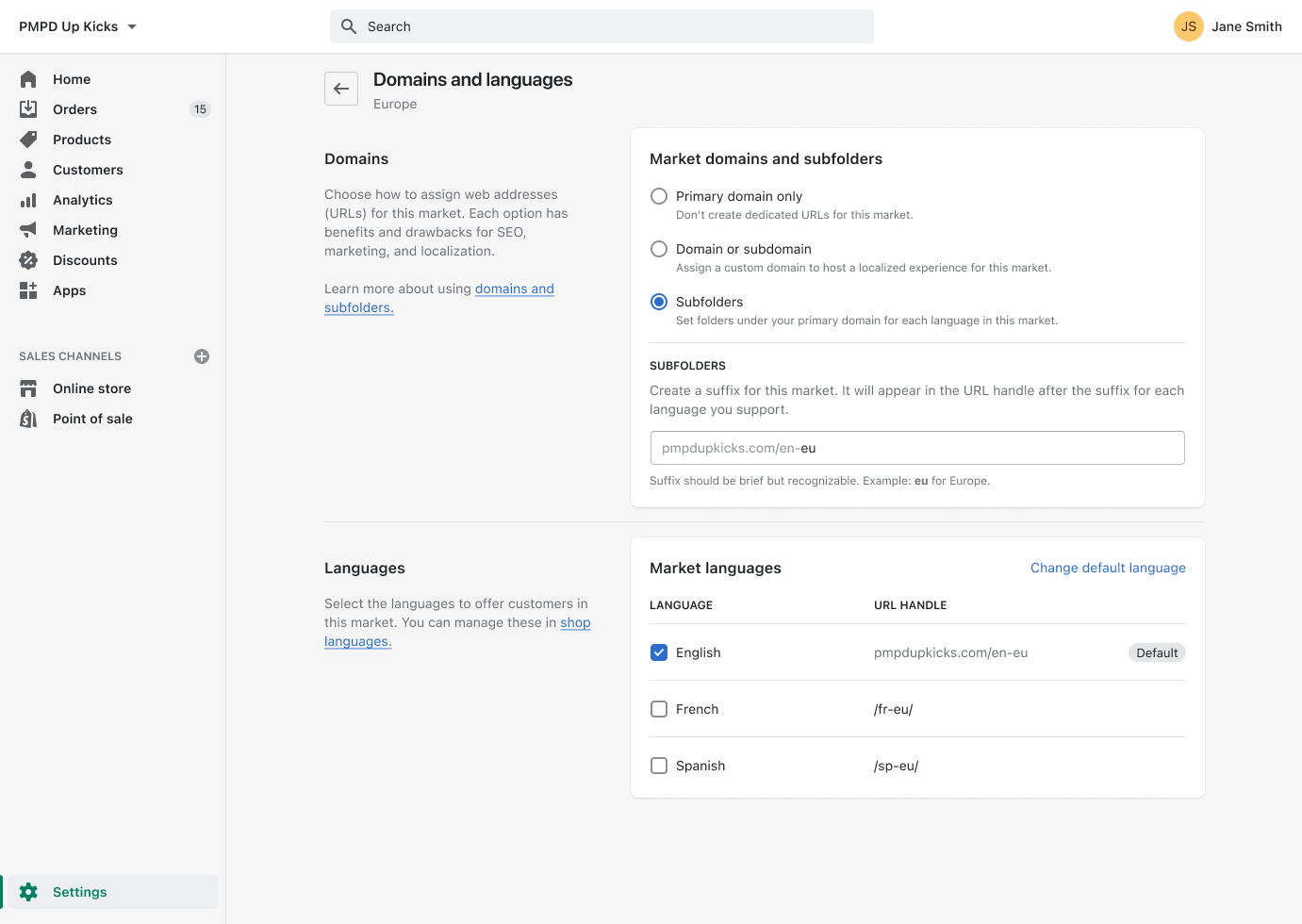
Going local with your site’s languagecan make or break global sales; it creates a good customer experience from first impression to checkout.
If you do want the facts to back this up though, they’re not hard to find:
- One Gallup studyfound that42% of Europeans never purchase products and services in a language other than their own.
- A survey of 8,709 global consumers in 29 countries found that65% prefer content in their language when making purchases online.Moreover,40% won’t even buy from websites in other languages.
- Shopify data shows a13% relative increase in conversion when buyers were shown a store translated into their languagecompared to the same one in the default language.
But with so many languages spoken in the EU alone, you can’t rely on shoppers to run your store through Google Translate every time they want to purchase an item.
Shopify市ob欧宝娱乐app下载地址场简化翻译你的商店using third-party translation apps that support a combination of manual and machine translation (native translation management support within Shopify admin is coming soon). Similar to currencies, languages work consistently all across your store.
Improve your SEO rankings, appeal to a larger audience, and help your customers have a better shopping experience by translating your store's checkout, email notifications, product information,and moreinto their local language.
3. Domains and SEO
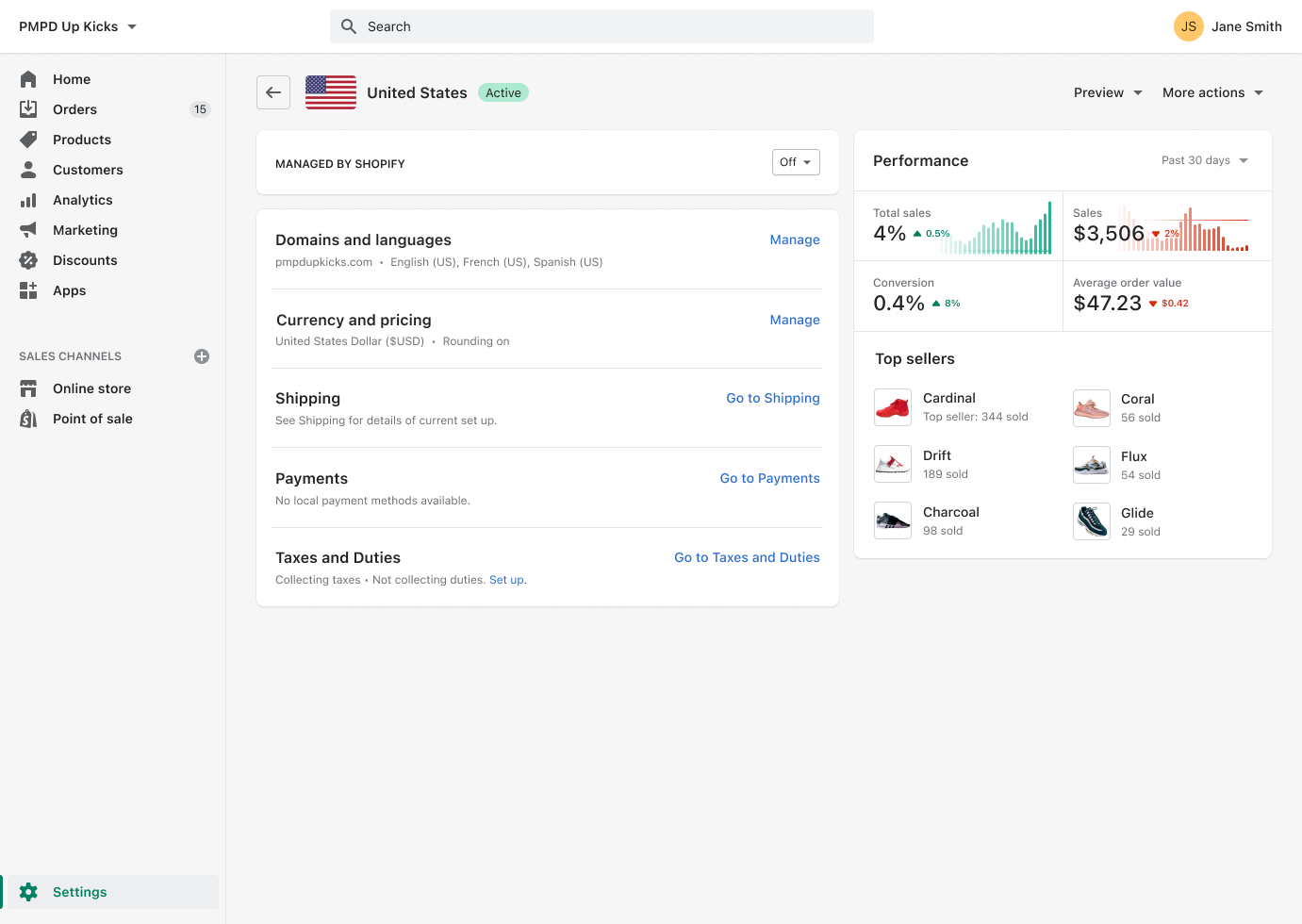
Utilizing international domains is another key aspect of localizing your website and personalizing the experience for visitors. You can expand your business to a global audience by creating shopping experiences in local languages and currencies for international customers.
Using international domains doesn’t just create a better experience for shoppers, it may also help to improveyour store’s SEO rankings. With options for both domains and subdomains available, it also optimizes your site for different languages and countries, allowing you to geo target.
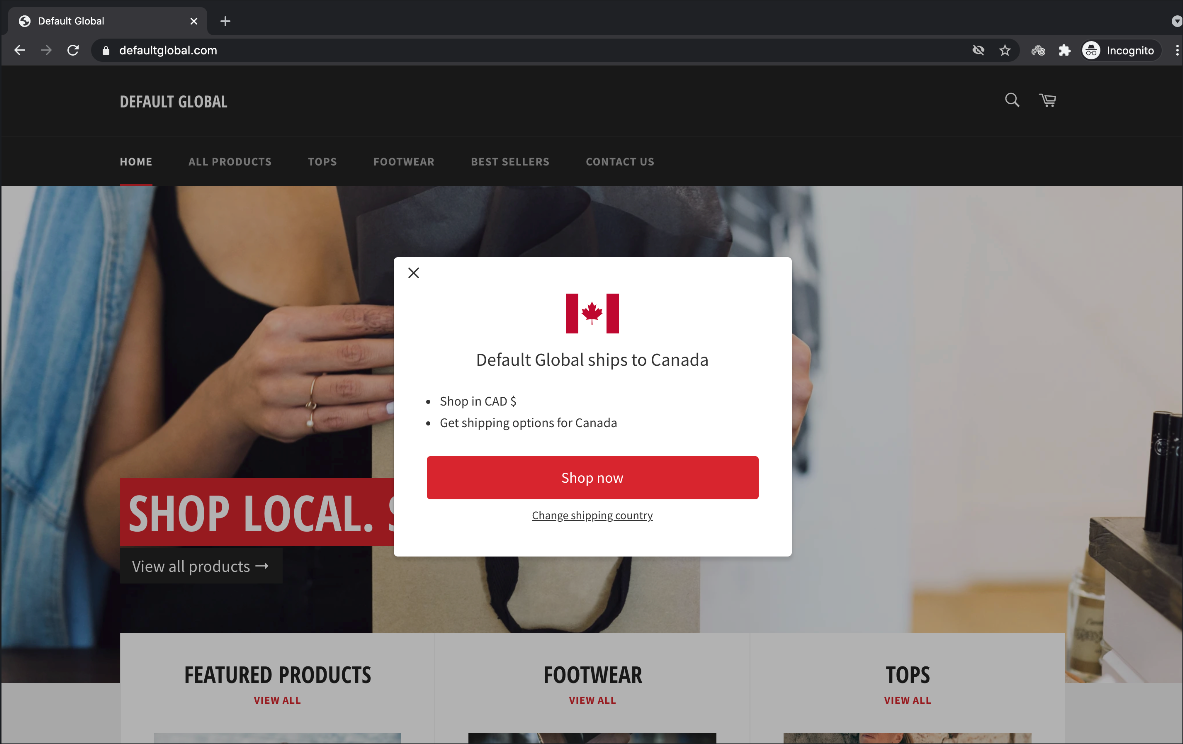
For maximum impact with international customers, don’t underestimate the significance of a robust international domain strategy. International domains can help attract new customers and increase your store’s conversion rates.
Shopify Markets makes setting a region-specific domain strategy easy by automatically creating subfolders when you create a new market. This means that your US market can be at example.com and your Canada market at example.com/en-ca.
You can also choose to set a subdomain (ca.example.com) or a country domain (example.ca) for a market based on your preference. Whatever you choose, Shopify automatically sets the right SEO tags so your international buyers see the right domain in search results. If buyers land on the wrong domain, you can automatically redirect them to the right URL based on their IP address, or recommend they switch to their local experience with the Geolocation app.
4. Payment methods
Visiting a website that doesn’t offer your favored payment option is like arriving in a foreign country that’s largely cash-only; if you don’t have any hard cash on hand and there are no ATMs in sight, even the simplest transactions become frustrating.
- In North America, credit cards are overwhelmingly preferred, while digital payment systems like Shop Pay, PayPal, and Apple Pay are a close second.
- German and Austrian shoppers might expect to see EPS (electronic payment standard), a secure bank transfer payment system commonly used in both countries.
- In the Netherlands, over 69% of transactions are made using a domestic payment method called iDEAL.
With92% of consumerssaying they have concerns about purchasing from unfamiliar websites, earning the trust of new international visitors is key.
The answer is to offer local payment methods, which are direct and secure, offered in specific regions, and used by online shoppers globally. Stores using Shopify Markets can set up payments in Klarna, Sofort, iDEAL, and Bancontact, with others to be added this year. This feature also automatically shows your shoppers the most relevant local payment methods first at checkout, ensuring their shopping experience is hyper-localized.
Offering local payment methods is not only quick and convenient, but they canincrease conversion at checkout. For example,our own data showed that adding the payment method Bancontact led to a significant increase (of 150 basis points) with Belgian buyers.
Once you’re showing prices in multiple currencies, Shopify Markets makes it easy to add major European local payment methods to your checkout to help reduce abandoned carts. Like currencies, the ability to offer local payment methodsrequires Shopify Payments.
5. Duty and import taxes
International buyers can find it unclear if additional duties, taxes, and other fees will apply to their purchase, or how much they’ll have to pay in total—which can result in less-than-ideal customer experiences, parcel refusals, and chargebacks.
As such,duty and import taxesare an important facet of your international commerce strategy. Shopify Markets makes it easy for international customers to have a high-trust experience with your business by collecting duty and import taxes at checkout. This gives your customers total cost clarity at checkout and fewer nasty surprises at delivery—all while ensuring you stay compliant in each market you do business in.
6. Configurable market areas
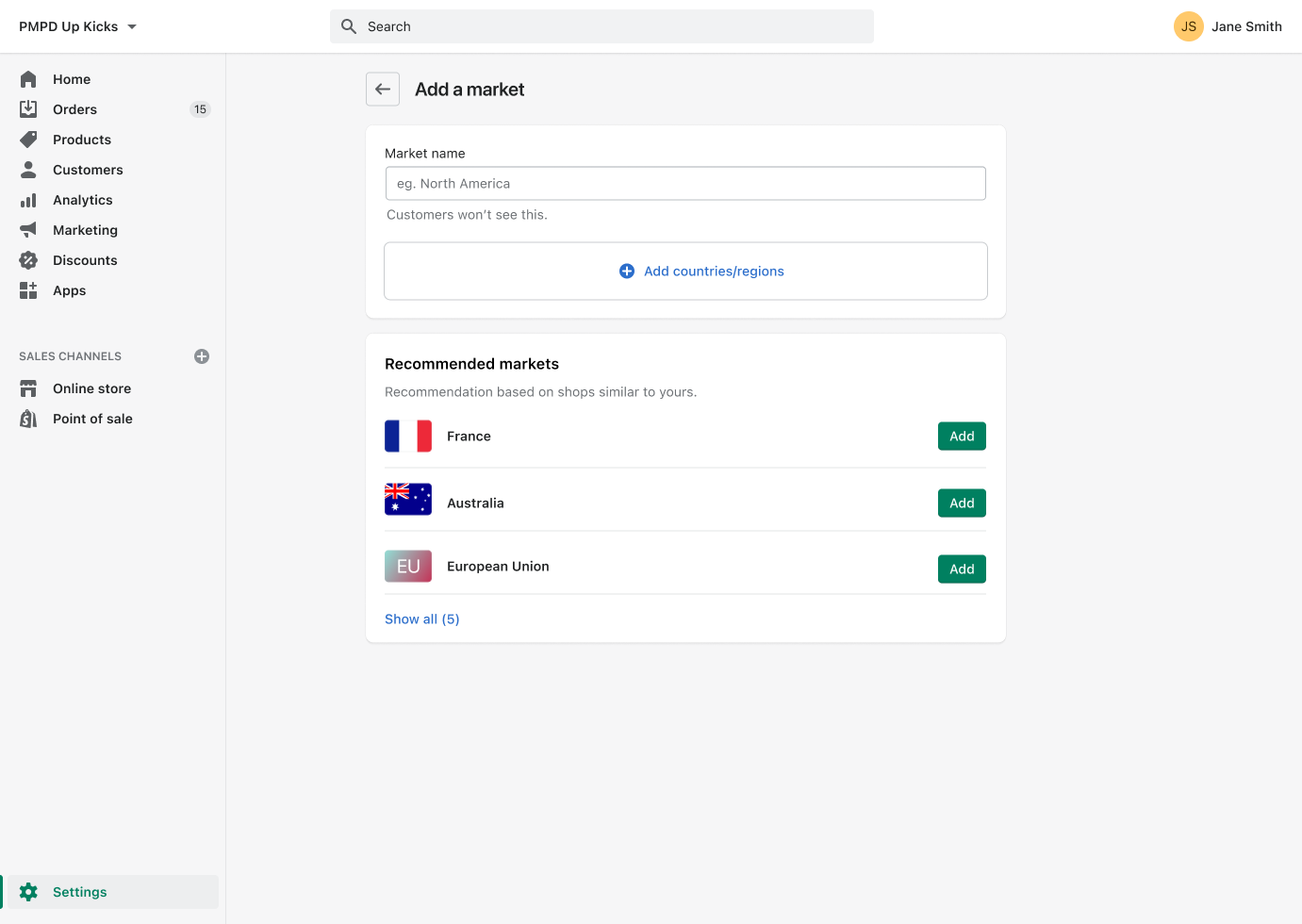
Shopify Markets lets you view and control all your settings from a single place, and understand your market performance at a glance to make the best decisions for your business. Behind the scenes, Shopify data provides options, settings, and recommendations to guide your international strategy and remove the ambiguity of scaling worldwide.
根据您的业务,它可能是更多的viable to manage countries or regions as a group rather than individually. This can help you consolidate your strategies to be more efficient and expand more broadly without having to duplicate yourlocalizationwork. Shopify Markets lets you organize your international business in a way that makes sense for you.
7. International pricing controls
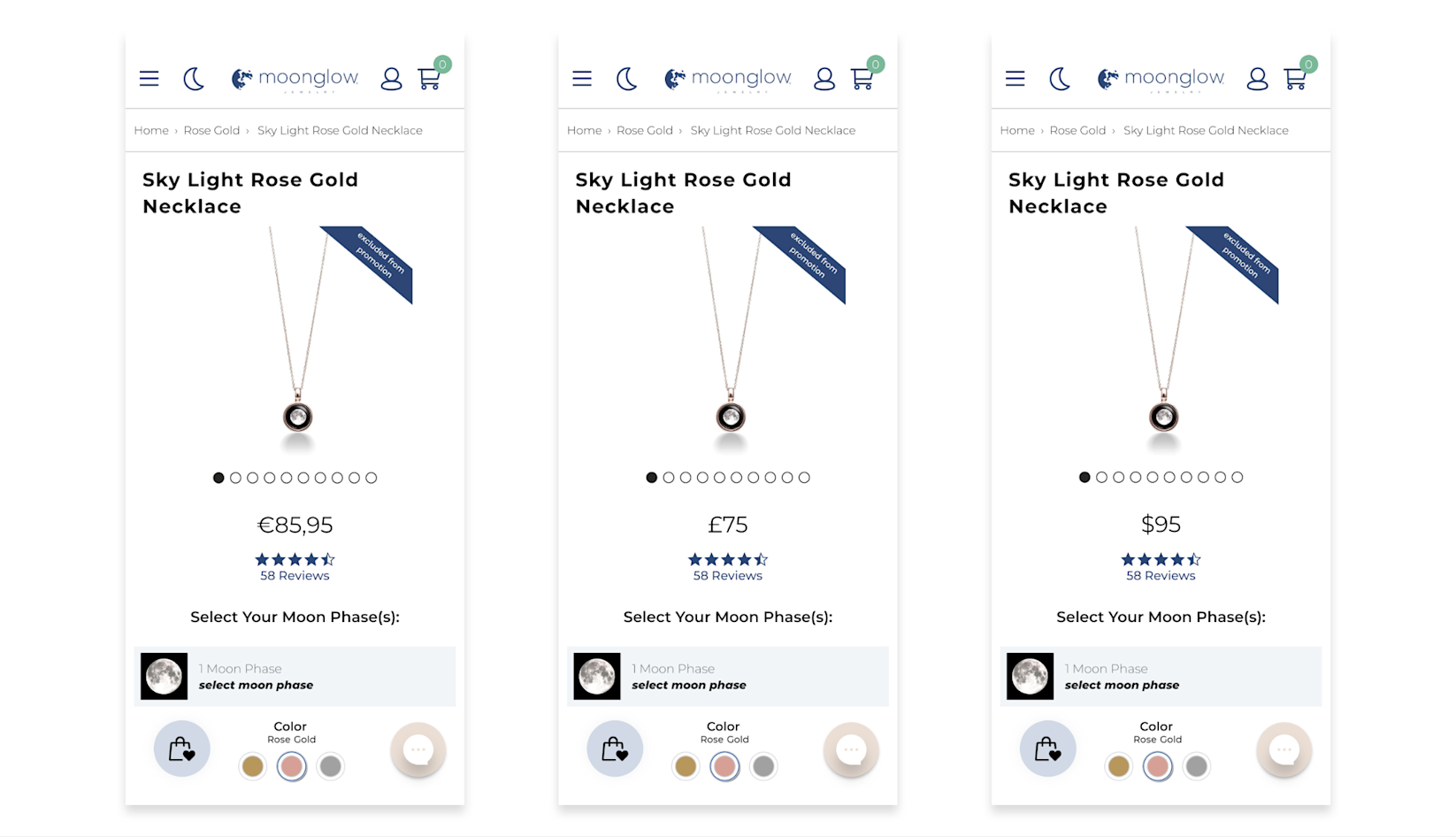
When you’re operating stores in multiple markets, you have to take into account regional variances like shipping, taxes, and duties, making profit margins difficult to determine.
One size doesn’t always fit all—and that’s as true for pricing as it is for anything else. The strategy that works in your primary market likely won’t be the same for every market you want to expand to. Shopify Markets helps you take greater control of your pricing strategy from a single store by setting custom product prices per market.
If you’re looking to adjust your store’s profit in international regions to account for the different shipping, you can make quick percentage-based adjustments by market. Or, if you need to set specific prices for select products in different regions based on your agreements with resellers or retailers in that region, Shopify Markets lets you do that—both within the admin and by using a product CSV. Like currencies and payment methods, international pricing controls require Shopify Payments.
If you’re a Shopify Plus Merchant, you can learn more by checking out this comprehensive lesson:How to go global: Creating an international pricing strategy.
8. Market-specific inventory and fulfillment controls
If you havewarehouses or inventory locationsin different regions around the world, Shopify Markets will let you surface the right inventory to your online store based on the inventory locations that ship to a particular market.
For example, if you have a set-up where the US warehouse ships exclusively to North America and a German warehouse ships to Europe, buyers in Europe will only see the inventory in the German warehouse. This will help avoid situations where you oversell inventory when you have multiple warehouses in different markets.
9. Smart settings
Staying on top of changing market conditions and international best practices is a job in itself, and one you shouldn’t have to take on with everything else on your plate. Shopify Markets uses data and insights from the nearly one billion orders made on Shopify to help you enter new markets faster and start converting right away. When enabled, smart settings monitor how your business is performing in your activated markets and make automatic changes and optimizations for the best results.
Optimize your store for international growth now
Global ecommerce isn’t an option anymore; it’s a necessity—and your company’s growth, perhaps even its future, depends on it. Localizing and personalizing your ecommerce site for international visitors isn’t just about building trust—it’s also about removing barriers by making the transactions frictionless.
Shopify已经允许d us to scale our business both at home in Canada and in the US. Running multiple eCommerce stores in separate regions can be challenging and the ability to centralize our digital efforts creates a tremendous amount of operational efficiency. At vitruvi, we’re incredibly excited for the launch of Shopify Markets. It provides a unique opportunity to streamline our eCommerce operations while still offering a curated shopping experience for our customers—wherever they live and shop from."
—Sara Panton, Co-Founder and CEO ofvitruvi
This is why we’ve made selling internationally easier than ever with Shopify Markets: to ensure your business’s global success like never before possible—no expertise or coding required.
Coming soon: More customization
Customizing your store’s pricing and fulfilment by market is just the beginning. Soon, we’ll be releasing additional functionality that gives you greater control over your international market experience and operations including:
- Market-specific content:Go beyond translation by displaying fully unique content to your customers in specific markets.
- Market-specific product catalogs:Customize what you sell by market to align with buyer preferences, seasonality, and regulations.
- Payouts:Route payouts made in different currencies to different bank accounts based on your business’s unique needs.
This is why we’ve made selling internationally easier than ever with Shopify Markets: to ensure your business’s global success like never before possible—no expertise or coding required.
Sell Internationally FAQ
What are the benefits of selling internationally?
增加品牌知名度:我销售你的产品nternationally can help you reach a much wider audience, thus increasing your brand’s visibility and recognition.
Access to new markets and customers: By expanding into new markets, you can access new customers and generate new revenue streams.
Diversified revenue sources: Selling internationally can help diversify your revenue sources, thus reducing your dependence on a single market or currency.
Increased profits: Increased sales from international customers can help you to increase your profits.
Reduced costs: Selling internationally can help you to reduce production costs, as you can take advantage of lower labor and production costs in certain countries.
Can I sell in another country?
是的,你可以在另一个国家销售。然而,你will need to research the local laws, regulations, and customs of the country to ensure that you are compliant. You will also need to factor in any taxes, fees, and other costs associated with selling in a different country.
